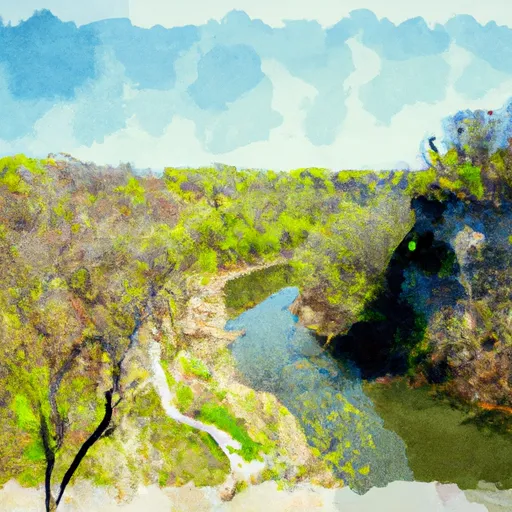°F
°F
mph
Windspeed
%
Humidity











Brodhead, Wisconsin is a small town located in southern Wisconsin with a climate that is classified as humid continental. Summers are warm and humid, with average temperatures in the mid-80s, while winters are cold and snowy with temperatures averaging in the low 20s. The town's hydrology constituents include the Sugar River, which runs through the area and provides opportunities for fishing and canoeing. Outdoor recreation opportunities in Brodhead include hiking and biking on the Sugar River Trail, which spans 24 miles, and golfing at the Decatur Lake Golf Course. The town also hosts an annual Covered Bridge Days festival, which features a parade, live music, and local vendors.
Weather Forecast
Brodhead receives approximately 917mm of rain per year, with humidity levels near 83% and air temperatures averaging around 9°C. Brodhead has a plant hardyness factor of 5, meaning plants and agriculture in this region thrive during a short period during spring and early summer. Most plants will die off during the colder winter months.
Regional Streamflow Levels
392
Cubic Feet Per Second
6,600
Cubic Feet Per Second
4,700
Cubic Feet Per Second
67
Cubic Feet Per Second
Nearby Camping
| Camping Area | Reservations | Toilets | Showers |
|---|---|---|---|
| Lake Walker Military - Camp Shelby | |||
| Shockaloe Base Camp I | |||
| Buccaneer State Park | |||
| Marathon Lake | |||
| McLeod Water Park | |||
| Paul B Johnson State Park |



